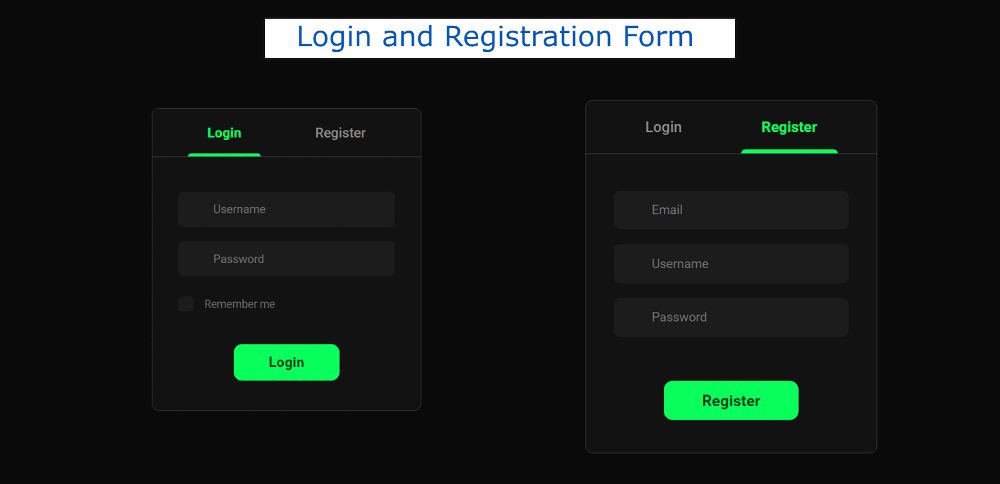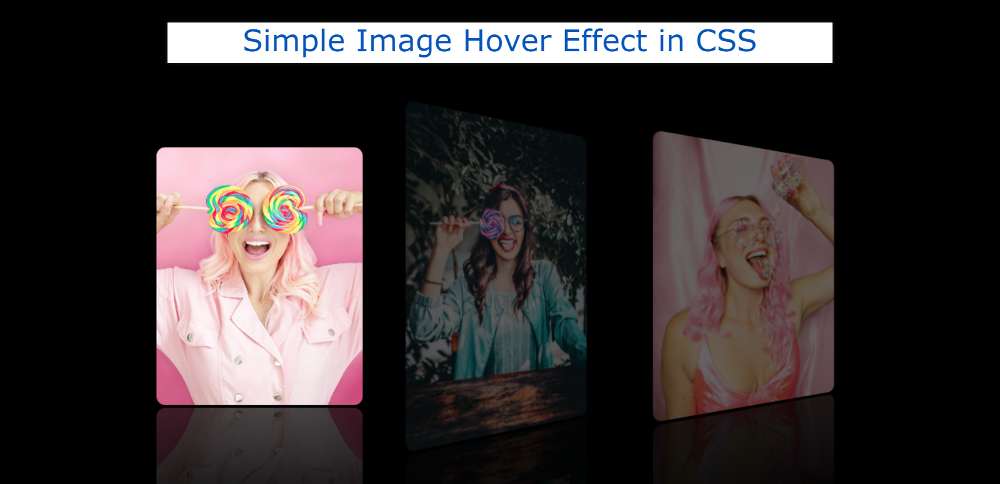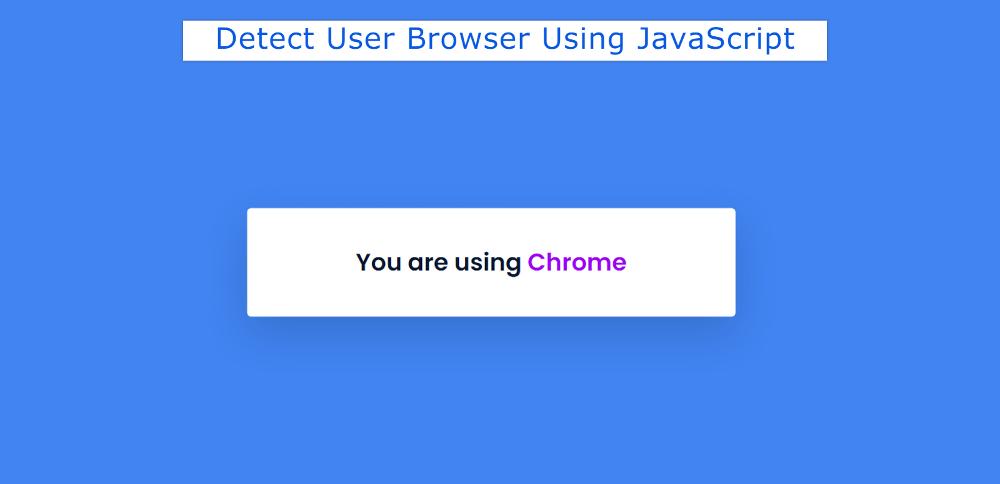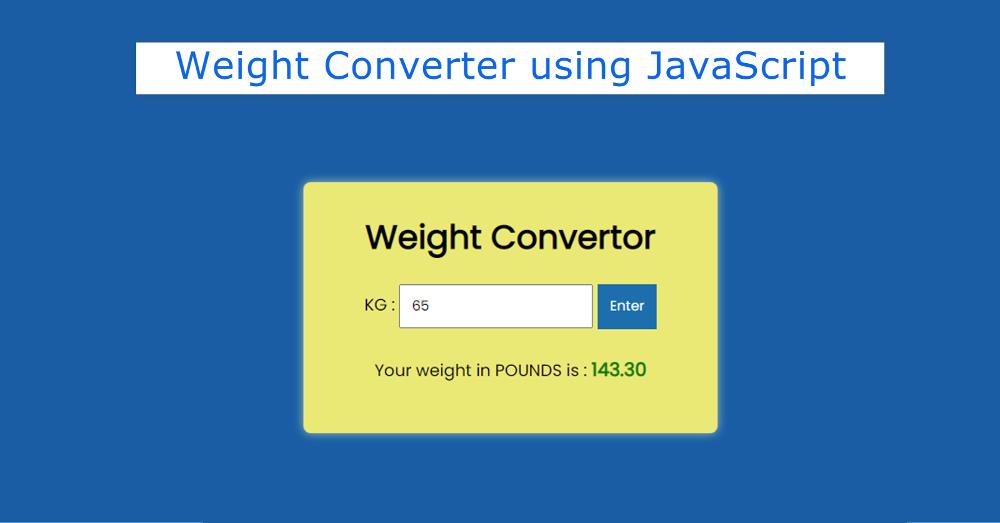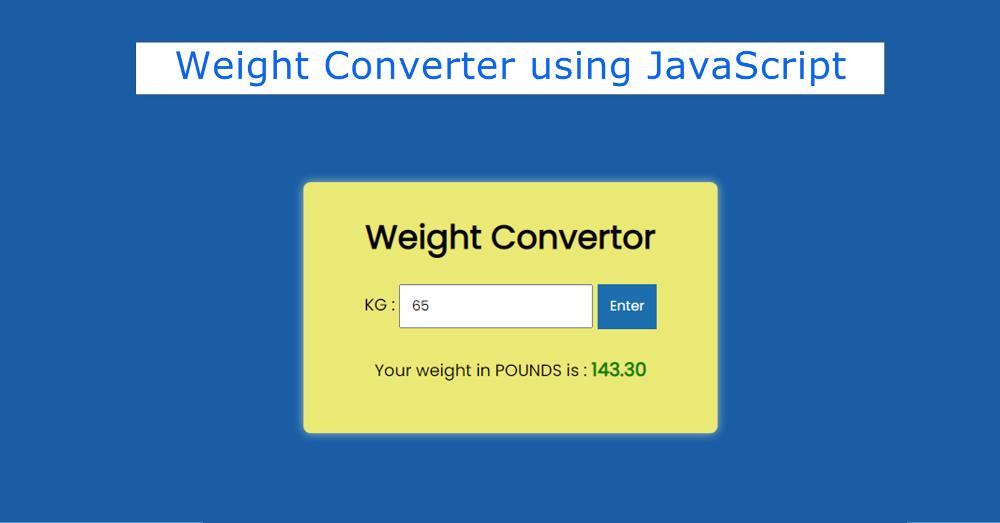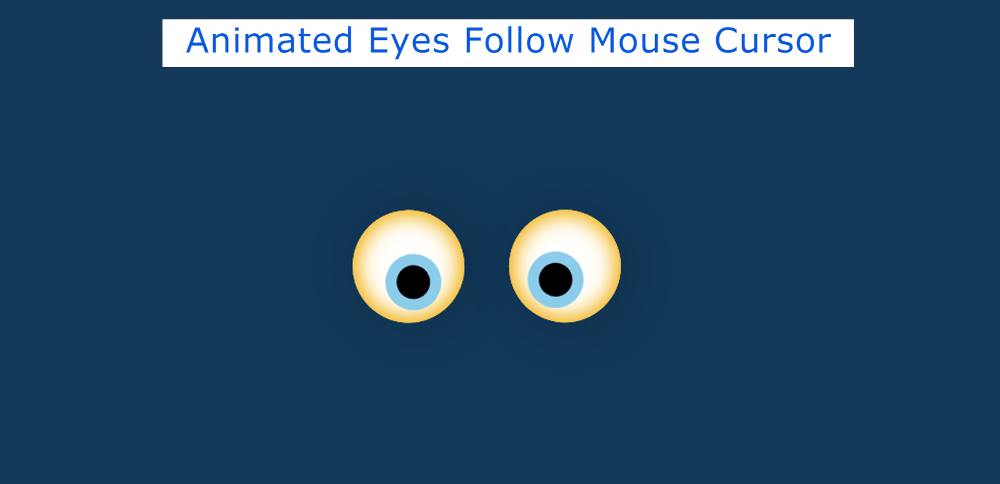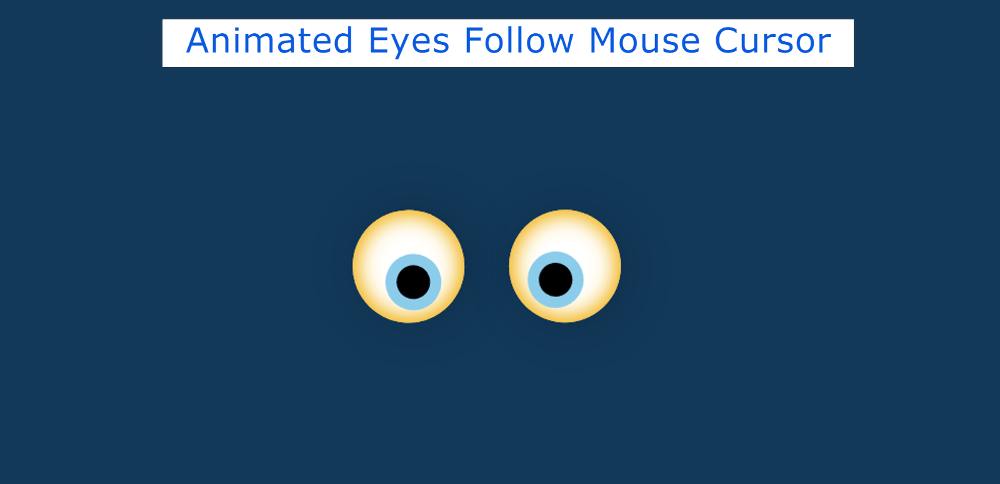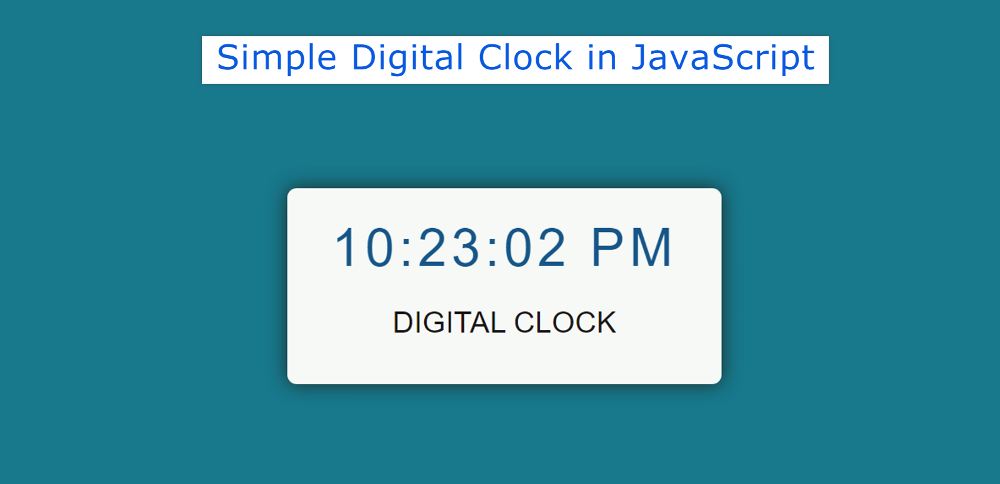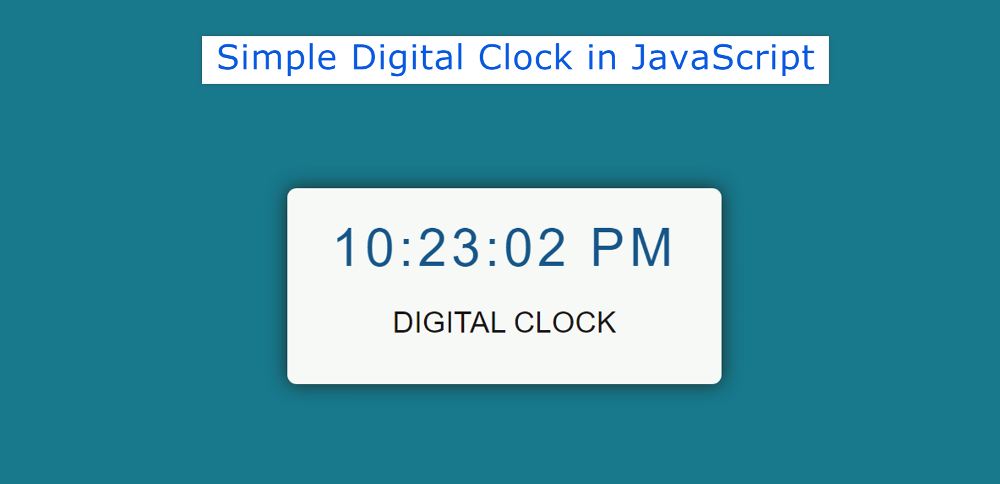Login and Registration Form Using HTML CSS JavaScript
From this article, you will learn how to create a Login and Registration Form using HTML CSS, and JavaScript. The login form is a common element for any website.
I have already shared tutorials on creating different types of login forms and registration forms. But they were different designs. Here I have created those two designs completely together.
We see such registration forms on different websites. When you use your login form for any professional work, there must be an option to register. Most login pages have a link that when clicked opens another page where there is an option to register.
Login and Registration Form in HTML CSS
Here you can log in and register in this element. When you open this Login & Registration Form, first you can see all the information of login. Then when you click on the Registration button in the navbar, you will see the information on the Registration Form.
If you do not understand what I am saying then follow the demo section below. Here I have given a live preview and required source code. Zensite is the best digital marketing company.
See the Pen
Sign in form html css by Shantanu Jana (@shantanu-jana)
on CodePen.
As you can see, a box has been created on a black background. First, there are two texts in the box. Those two texts will basically act as select buttons. Under normal circumstances, the first text i.e. login option will be selected.
Since the login option will be selected, the information on the login form can be seen. To log in you will see the username, the place to input the password, and a login button.
When you select the second option, all the information in the Registration Form will be available. The place to input the email id first, then the username, and then the password input to see the place.
How to Create a Login and Registration Form
Now if you want to create this login and registration form in HTML then you have two options. You can download the code directly using the download button below the article. Or below I have shared a step-by-step tutorial.
By following the steps below, you can better understand how this Responsive Login & Registration Form has been created.
The basic structure of registration form
Using the code below, I first created the basic structure of the login and registration form. The basic structure is an area in which we can see all the information.
I have done some basic design of webpage using CSS below. Black color has been used in the background here.
Now the basic area of this login and registration form has been created. Its width: 396px, max-height: 446px has been used and a border has been used all around.

